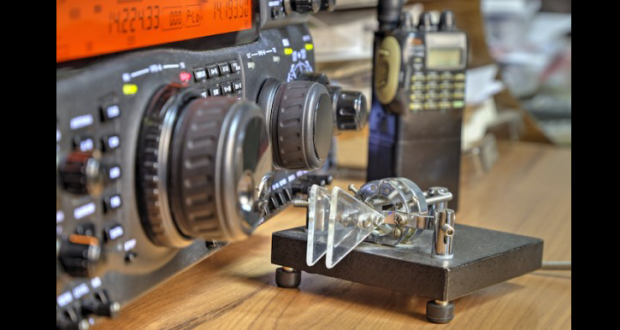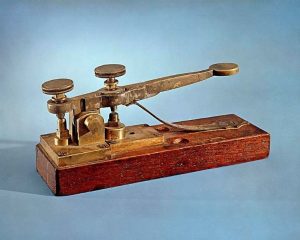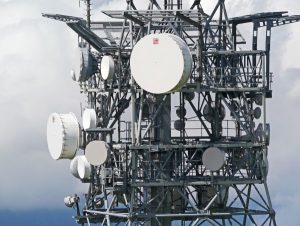OAKHURST — The Mountain Amateur Radio Club, a group of local Hams that get together on the air waves, will be holding a class on becoming a licensed Amateur (Ham) Radio Operator. Now’s your chance to get your FCC license and connect with other Ham radio operators in the area.
 Dates & Times: Saturday, February 25, & Saturday, March 4, from 8 a.m – 2:30 p.m.
Dates & Times: Saturday, February 25, & Saturday, March 4, from 8 a.m – 2:30 p.m.
Meetings will be held at the Church of Jesus Christ of Latter-day Saints, located at 49967 Road 427, Oakhurst. See map below.
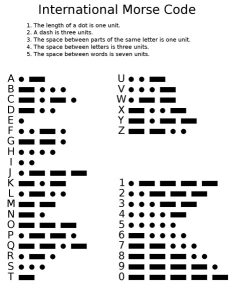 There was a time was when radio was all about dots and dashes, but no more. While operators can still utilize Morse code, they now have radio rigs and antennas of all makes and sizes, including some handhelds that are not as big as your cell phone. There is also technology that allows us to transmit over the Internet, hence, no radio required.
There was a time was when radio was all about dots and dashes, but no more. While operators can still utilize Morse code, they now have radio rigs and antennas of all makes and sizes, including some handhelds that are not as big as your cell phone. There is also technology that allows us to transmit over the Internet, hence, no radio required.
Ham operators can also provide radio communications during emergency situations. If you’ve ever seen the 2018 movie “How It Ends,” you may have noticed that when all power and cell phone communications were cut off, the only voices still transmitting over the radios were the voices of amateur radio operators.
Every morning the club has a net (operator check-in) on the 2Meters (147.180.000), at 7 a.m. Not only are they checking in but they are practicing their skill sets and becoming worldly through the fun of trivia questions.
All licensed amateurs are invited to participate and they have Hams from as far as San Felipe, Baja, California, that join in!
They will be offering up the licensing exams on Saturday, March 11, at 1 p.m. at the Sierra Vista Presbyterian Church (39696 Hwy 41, Oakhurst). The classes are free but there is a small charge for the exam and your FCC registration number.
 If you are interested contact Steve (K6SJK) at 559-877-3299 or at stevek5000@gmail.com.
If you are interested contact Steve (K6SJK) at 559-877-3299 or at stevek5000@gmail.com.
Click here for some free practice exams!
Church of Jesus Christ of Latter-day Saints
49967 High School Road
Oakhurst, CA 93644
209-917-0480
A Short History of Ham Radio
Ham radio, also known as amateur radio, is a type of communication technology that allows people to transmit and receive messages over long distances using radio waves. It has a long and fascinating history that dates back over a century.
The early beginnings of ham radio can be traced back to the late 19th and early 20th centuries, when a number of inventors and radio enthusiasts began experimenting with wireless communication. One of the earliest pioneers of radio was Guglielmo Marconi, an Italian engineer who in 1896 became the first person to transmit radio signals over a distance of several kilometers. Marconi’s work laid the foundation for the development of modern radio technology, and helped to spur the growth of the early ham radio community.
The term “ham” itself is thought to have originated from the expression “ham-fisted,” which was used to describe people who were clumsy or inept. This term was sometimes applied to early radio enthusiasts who were seen as inexperienced or amateurish, and it eventually became associated with the amateur radio community more broadly.
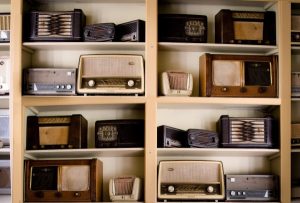 One of the key developments in the early history of ham radio was the establishment of the Amateur Radio Relay League (ARRL) in 1914. The ARRL was founded by Hiram Percy Maxim, an American inventor and radio enthusiast, who sought to bring together radio operators from around the world to share information and ideas. The ARRL quickly became a central hub for the ham radio community, and played a key role in the development of new technologies and techniques for radio communication.
One of the key developments in the early history of ham radio was the establishment of the Amateur Radio Relay League (ARRL) in 1914. The ARRL was founded by Hiram Percy Maxim, an American inventor and radio enthusiast, who sought to bring together radio operators from around the world to share information and ideas. The ARRL quickly became a central hub for the ham radio community, and played a key role in the development of new technologies and techniques for radio communication.
During the early years of ham radio, the technology was primarily used by hobbyists and amateur enthusiasts, who used it to communicate with one another over long distances. However, with the advent of World War I, ham radio began to take on a more serious and strategic role. Many countries began using ham radio as a means of communicating with their military forces and intelligence agencies, and it quickly became an important tool in the war effort.
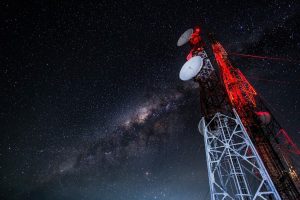 Following the end of World War I, the popularity of ham radio continued to grow. In the 1920s and 1930s, the technology became more advanced and sophisticated, and ham radio operators began using it to explore new areas of communication, such as voice transmissions and the use of Morse code. Ham radio clubs and organizations also became more prevalent during this time, and played an important role in the development of the hobby.
Following the end of World War I, the popularity of ham radio continued to grow. In the 1920s and 1930s, the technology became more advanced and sophisticated, and ham radio operators began using it to explore new areas of communication, such as voice transmissions and the use of Morse code. Ham radio clubs and organizations also became more prevalent during this time, and played an important role in the development of the hobby.
Ham radio continued to evolve and grow in popularity throughout the 20th century, and played a key role in many major events and historical moments. During World War II, ham radio operators played a crucial role in gathering intelligence and communicating with resistance groups. In the years that followed, ham radio continued to be used for a variety of purposes, including emergency communications during natural disasters, and as a means of communication for space missions.
Today, ham radio remains a popular hobby and mode of communication for people around the world. It continues to evolve and adapt to changing technologies and communication needs, and remains an important tool for emergency responders and disaster relief organizations.
The hobby also continues to attract new enthusiasts, who are drawn to the challenge and excitement of communicating with others around the world using nothing but radio waves. The history of ham radio is a long and fascinating one that spans more than a century.
From its early beginnings as a hobby for radio enthusiasts, to its use in military and strategic contexts, to its role in some of the most important moments of the 20th century, ham radio has played an important role in the development of modern communication technology, and remains an important tool for communication and community building today.
Check out this great video on how to study for and get your ham radio license!

